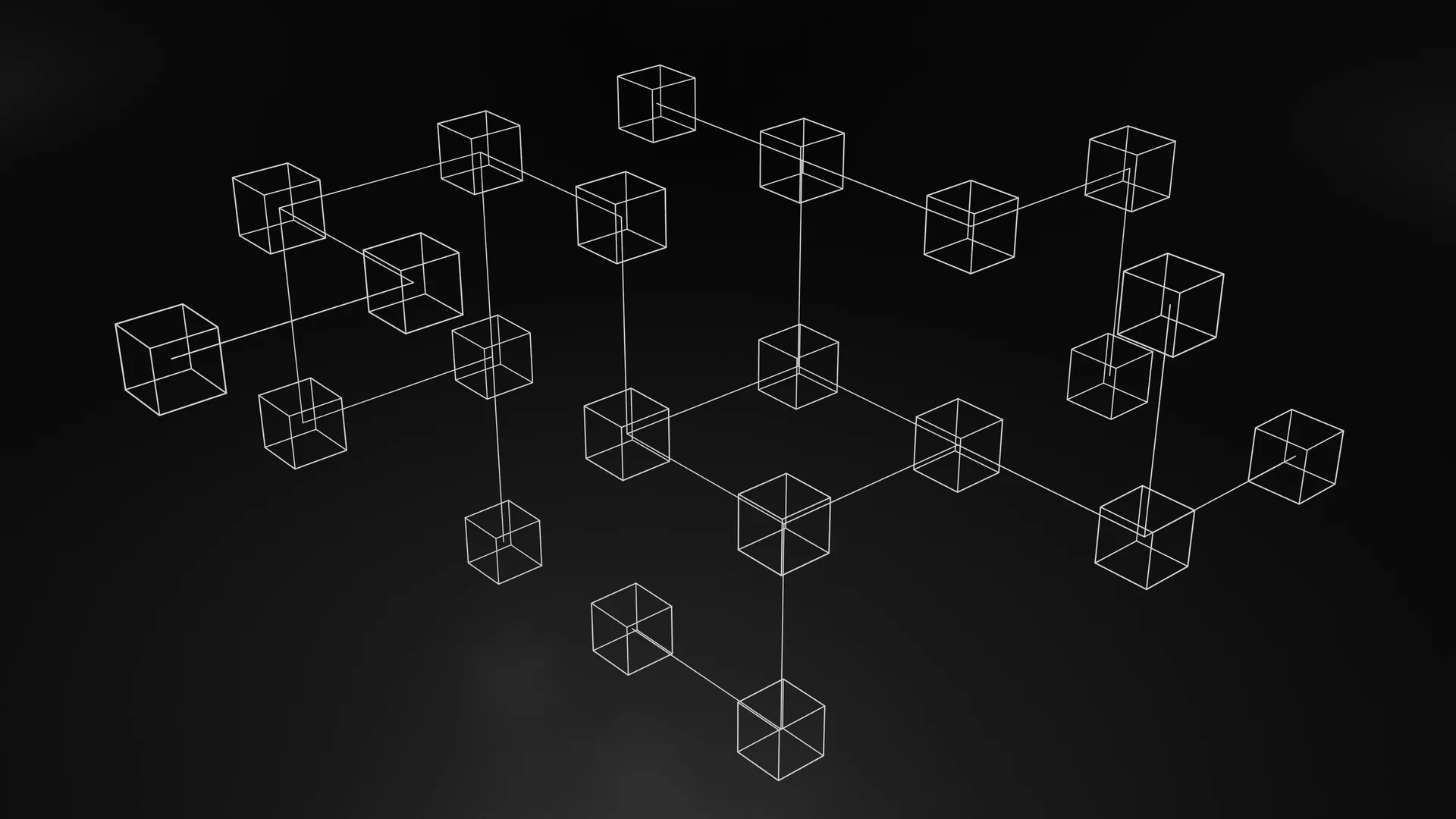Introduction: Unveiling DeFi
Decentralized Finance, or DeFi, is a groundbreaking innovation reshaping the world of financial services. DeFi encompasses a suite of financial applications built on blockchain technology underlying DeFi platforms, enabling peer-to-peer transactions without relying on traditional intermediaries like banks or brokers. This decentralized model uses smart contracts on blockchains, such as Ethereum, to offer services like lending, borrowing, and trading in a secure, transparent, and permissionless manner.
DeFi aims to create a financial system accessible to anyone with an internet connection, breaking barriers of geography and financial status. By democratizing access, it empowers users to manage digital assets directly and engage with the economy in unprecedented ways. This shift not only changes the infrastructure but redefines how financial services are delivered and utilized.
In this guide, we’ll explore DeFi’s core components, such as decentralized exchanges (DEXs), stablecoins that provide stability in DeFi markets, yield farming, and lending platforms, along with its challenges and future potential.
The Fundamentals of DeFi

Understanding Smart Contracts
At the heart of DeFi lies the concept of smart contracts, which are self-executing contracts with the terms of the agreement directly written into code. These contracts automate and enforce the execution of agreements without the need for intermediaries, such as banks or lawyers.
Smart contracts operate on blockchain technology, ensuring transparency, security, and efficiency in financial transactions.
Smart contracts are deterministic, meaning they execute exactly as programmed, providing trustless proof of authenticity and transparency on the blockchain. For example, in lending and borrowing protocols, smart contracts can automate processes like collateral management, interest calculation, and loan repayment, all without a central authority. This automation reduces the time and cost associated with traditional financial transactions and enhances the overall efficiency of the system.
Additionally, smart contracts enable complex financial products and services, such as yield farming, automated market making, and stablecoins. Yield farming allows users to stake their assets in various protocols to earn rewards, often through sophisticated strategies managed entirely by smart contracts. Automated market making, on the other hand, facilitates liquidity pools that let users trade assets without traditional order books, further improving the liquidity and accessibility of DeFi markets.
The Role of Decentralization
Decentralization is a cornerstone of DeFi, allowing financial services to operate without the control of a central authority. This is achieved through blockchain technology, which distributes data across a network of nodes rather than storing it in a single, centralized location. This approach reduces the risks of single points of failure and censorship, creating a more resilient and open financial system.
In a decentralized finance ecosystem, users interact directly with each other through smart contracts, eliminating the need for intermediaries like banks, brokers, and insurance companies. Decentralized exchanges (DEXs), for example, enable users to trade digital assets directly with one another, ensuring transactions are transparent, secure, and permissionless. This permissionless nature of DeFi allows global access to financial services, regardless of geographical location or financial status.
Decentralization in DeFi also fosters innovation through the principle of permissionless composability. This means developers can create new financial products and services by combining existing protocols and smart contracts without needing special permissions. This flexibility accelerates innovation cycles and enables the creation of complex financial instruments that are greater than the sum of their parts.
Major Components and Applications of DeFi

Lending Platforms
DeFi lending platforms are a cornerstone of the decentralized finance ecosystem, enabling users to lend and borrow cryptocurrencies in a peer-to-peer manner. These platforms operate through smart contracts that automate the lending and borrowing process, eliminating the need for traditional intermediaries like banks.
Users can deposit their cryptocurrency into lending pools, which are then used to provide loans to borrowers. In return, lenders earn interest on their deposits, often at rates significantly higher than those offered by traditional savings accounts.
Platforms like Compound, Aave, and MakerDAO are prominent examples of DeFi lending platforms. Compound allows users to earn interest on their crypto holdings by depositing them into liquidity pools, while Aave offers features such as flash loans, which enable borrowers to take out loans without providing collateral, as long as the borrowed assets are returned within the same transaction block.
The lending process is governed by smart contracts that manage the loan terms, including interest rates, collateral requirements, and liquidation thresholds. This ensures transparency, security, and trustlessness in lending and borrowing activities.
Additionally, these platforms often have governance tokens that allow holders to participate in decision-making processes, such as setting interest rates and adding new assets to the platform.
Decentralized Exchanges (DEXs)
Decentralized Exchanges (DEXs) are another critical component of the DeFi ecosystem, allowing users to trade digital assets directly with one another without the need for a centralized exchange. DEXs operate on blockchain networks, primarily Ethereum, and use smart contracts to facilitate trades.
This approach ensures that users maintain full control over their assets, reducing the risk of asset seizure or hacking associated with centralized exchanges.
DEXs like Uniswap, SushiSwap, and Curve Finance have gained significant traction. Uniswap, for example, uses an automated market maker (AMM) model, where liquidity providers supply assets to liquidity pools, and prices are determined algorithmically based on the supply and demand within these pools.
This model ensures continuous liquidity and allows for efficient trading of various digital assets.
DEXs also support more complex trading strategies, such as margin trading and leveraged trading, through the integration of other DeFi protocols. This interoperability enhances the overall functionality and user experience of the DeFi ecosystem, making it more robust and versatile.
Yield Farming and Liquidity Mining
Yield farming and liquidity mining are strategies within DeFi that allow users to maximize their returns on invested assets. Yield farming involves staking or lending assets to various DeFi protocols to earn rewards, often in the form of additional tokens or interest. Investors employ yield farming strategies to maximize returns by carefully selecting protocols, optimizing asset allocation, and timing their positions. This practice leverages the concept of liquidity pools, where users provide liquidity to protocols in exchange for a share of transaction fees and other incentives.
Liquidity mining is closely related to yield farming but focuses specifically on providing liquidity to DEXs and other DeFi platforms. In return for providing liquidity, users receive tokens or other rewards, which can be further staked or sold for profit. Platforms like Yearn Finance and Curve Finance specialize in optimizing yields for users by automatically moving funds between different lending and liquidity protocols to maximize returns.
These strategies have become popular due to their potential for high returns, but they also come with risks such as smart contract vulnerabilities, market volatility, and regulatory uncertainties. Despite these risks, yield farming and liquidity mining have become essential components of the DeFi ecosystem, driving innovation and user engagement.
Risks and Challenges Facing DeFi

Smart Contract Vulnerabilities
One of the major risks in DeFi is the vulnerability of smart contracts. These contracts are self-executing and automated, meaning any programming flaws or errors can lead to severe consequences. Once deployed, smart contracts are immutable, making it difficult to fix errors.
This immutability creates risks such as programming errors that malicious actors can exploit. For example, coding mistakes may result in unintended behaviors, allowing hackers to exploit vulnerabilities and steal user funds. The complexity of smart contracts, especially those used in token wrapping schemes and composability, can also lead to shock propagation within the DeFi ecosystem.
Such issues can have widespread impacts, potentially affecting the broader economy. Additionally, oracle-dependent DeFi protocols are vulnerable to risks like manipulation or attacks on the data feeds they rely on. Oracles provide external data to smart contracts, and tampering with this data can disrupt the functionality of entire protocols.
Regulatory and Compliance Issues
DeFi also faces significant regulatory and compliance challenges due to its decentralized and borderless nature. Regulators around the world struggle to categorize and oversee DeFi protocols, which operate without traditional intermediaries. The absence of clear regulatory guidelines creates uncertainty, making it difficult for investors to confidently engage with DeFi markets.
The anonymous and global nature of public blockchains complicates regulatory oversight, making it hard to enforce anti-money laundering (AML) and combating the financing of terrorism (CFT) measures. DeFi transactions occur without financial intermediaries, which are typically responsible for implementing these measures. This lack of intermediaries complicates customer due diligence, record-keeping, and suspicious transaction reporting.
Moreover, the use of stablecoins and other crypto-assets in DeFi introduces additional regulatory concerns. Stablecoins, often backed by fiat collateral, can face risks like liquidity mismatches and runs, similar to traditional financial instruments.
If poorly managed, these risks can undermine financial stability and have broader economic repercussions. A balanced regulatory approach is essential. Excessive regulation could hinder innovation, while insufficient regulation exposes DeFi to fraud and abuse. Regulators must strike a delicate balance to protect consumers while fostering growth and innovation in the DeFi space.
Conclusion: The Future of DeFi
As we look ahead to the future of Decentralized Finance (DeFi), it is evident that this sector is set for substantial growth and groundbreaking innovation. Key trends to monitor include the expansion of DeFi into real-world assets, such as mortgages and commodities, as well as the integration of advanced technologies like artificial intelligence (AI) and zero-knowledge proofs. These advancements aim to enhance security, scalability, and the overall user experience.
Cross-chain interoperability will be pivotal in scaling DeFi, allowing seamless interactions across different blockchain networks and fostering a more unified financial marketplace. Furthermore, the emergence of AI-powered DeFi solutions will automate intricate financial tasks, improve risk management, and deliver personalized financial services.
While challenges persist—such as smart contract vulnerabilities and regulatory uncertainties—the potential of DeFi to democratize financial services and provide higher returns compared to traditional banking systems is undeniable. With institutions and new players entering the market, coupled with a more favorable regulatory landscape on the horizon, the outlook for DeFi remains highly optimistic.
For those eager to explore the world of DeFi, now is the ideal time to educate yourself and get involved. Whether you are a developer, investor, or user, the rapidly evolving DeFi ecosystem offers countless opportunities for innovation and growth. Embrace the decentralized finance revolution and contribute to shaping the future of financial services.


